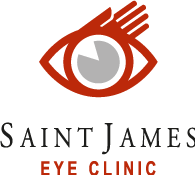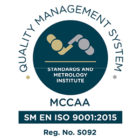It’s quite common for the upper or lower lid to become swollen due to the formation of a meibomian cyst (also called a chalazion).
Meibomian cysts vary in size, from just visible to the size of a grape. They usually take weeks to develop. They’re not particularly painful, but will become red and painful if infected. Usually, these cysts come and go by themselves. If not seek the help of an eye specialist for advice, and most probably you will be prescribed some antibiotic ointment to avoid the cyst from becoming infected.
Speak to an eye specialist if you have a large cyst that doesn’t clear up after a couple of months. You can have it surgically drained. This is a simple procedure carried out under local anaesthetic (your eye area will be numbed). It takes just five minutes and doesn’t leave a scar.
Meibomian cysts aren’t the same as styes. Styes are minor infections of the base of an eyelash and nearly always clear up on their own. In rare cases, styes can cause a lid infection (the lid will be red, hot and painful) and antibiotics will be needed.
Meibomian cysts and styes aren’t caused by poor personal hygiene. They are, however, related to blepharitis, which is inflammation of the edge of the lid that causes oily tears (see gritty, itchy or flaky eyelids below).
Other causes of lid swelling are rare. These include an allergic reaction, shingles on the face and eye (usually with a rash), and other rare eye problems, which would cause other symptoms such as loss of vision.




